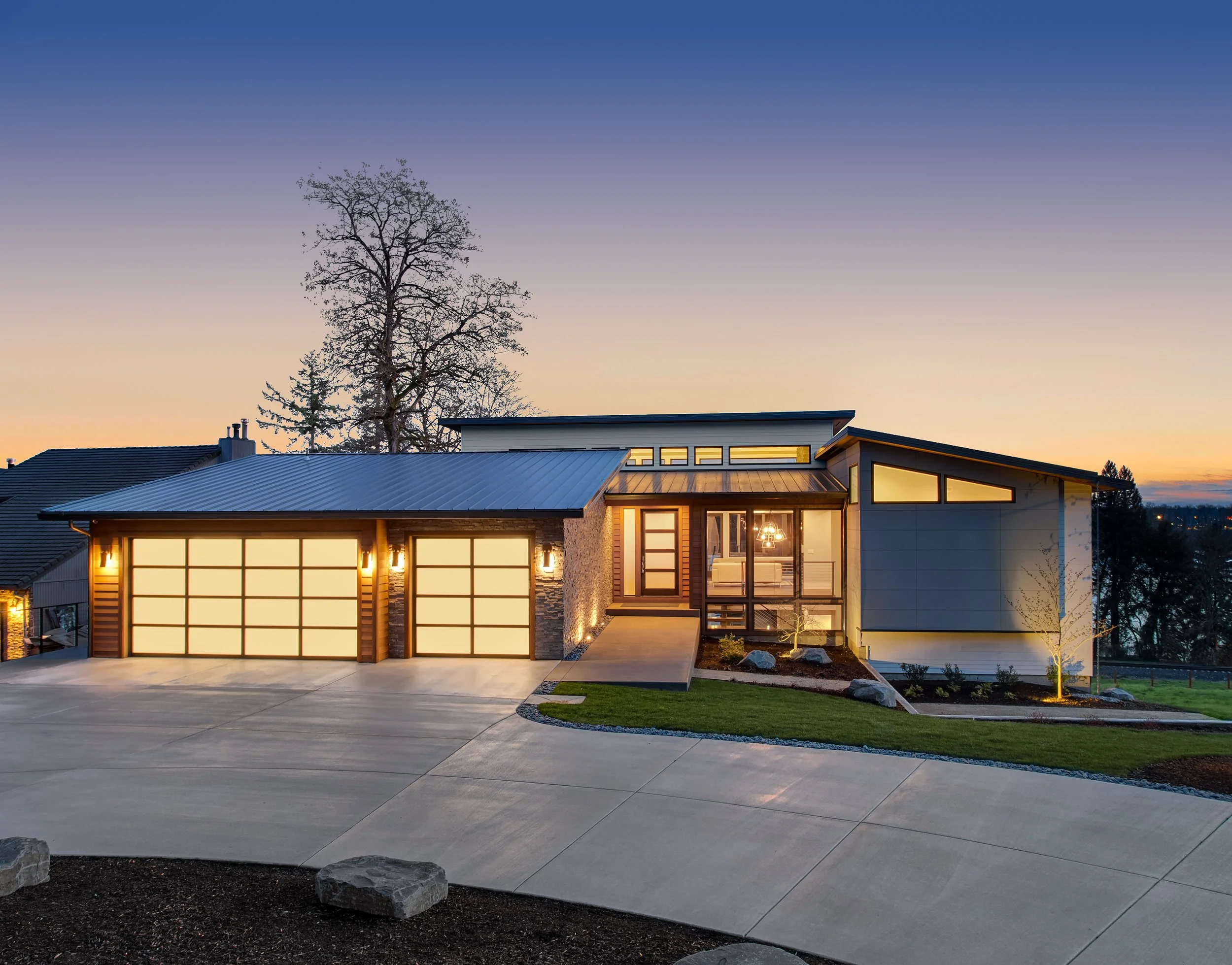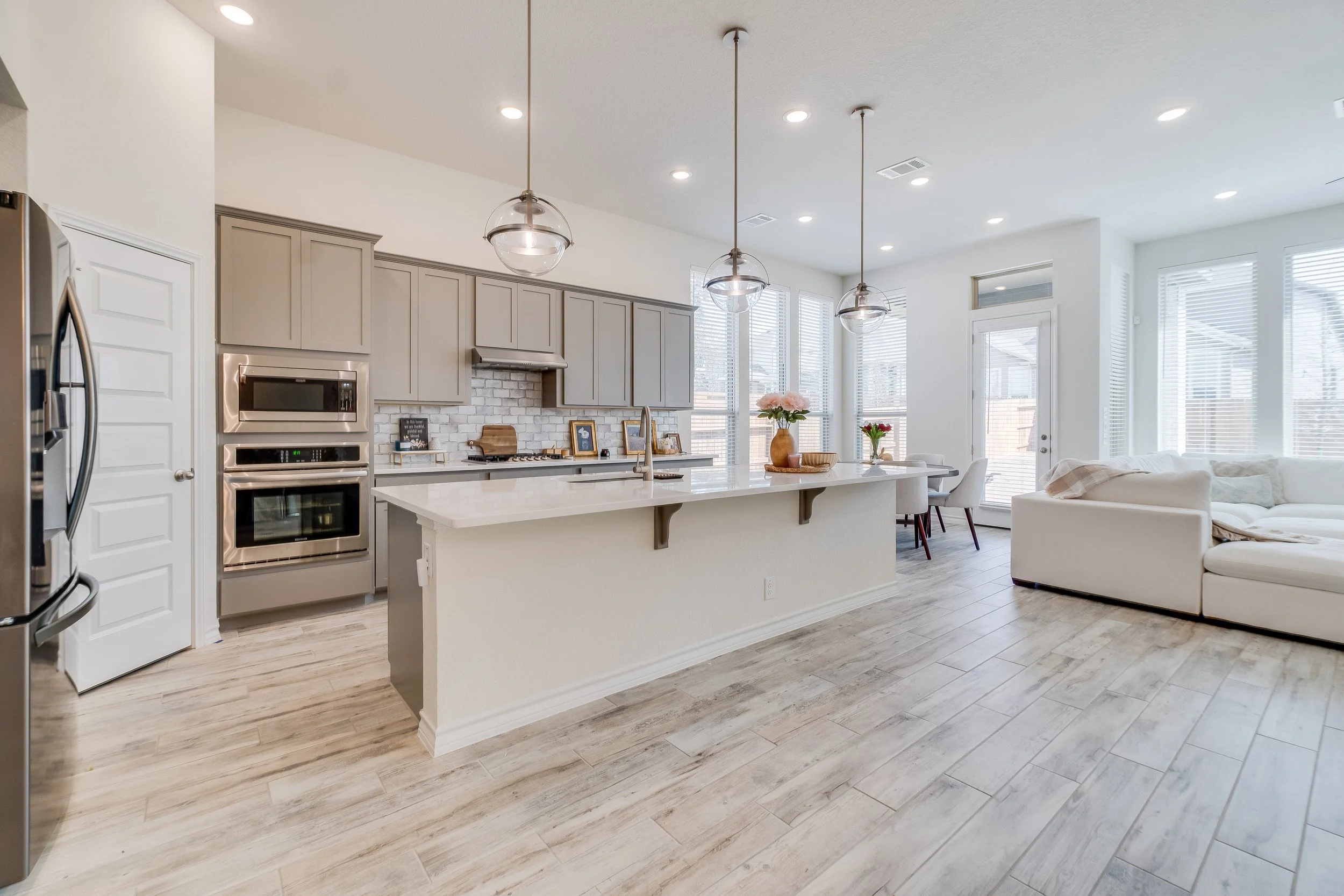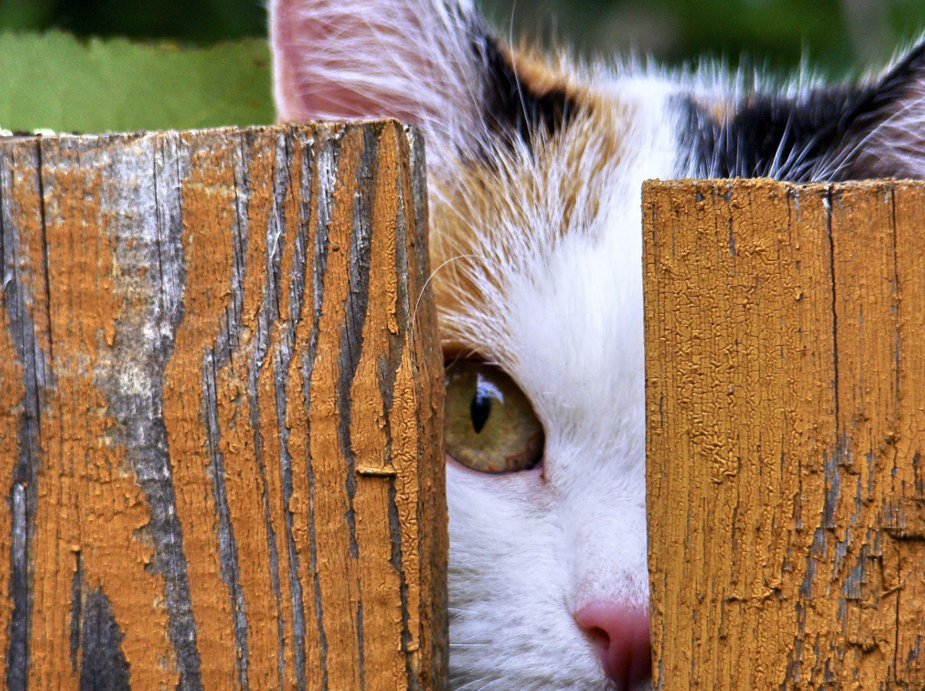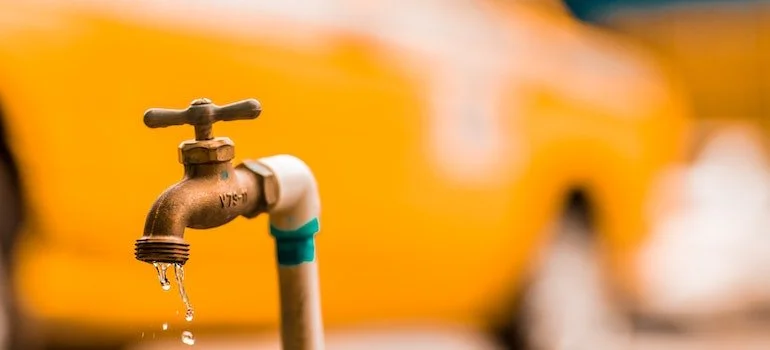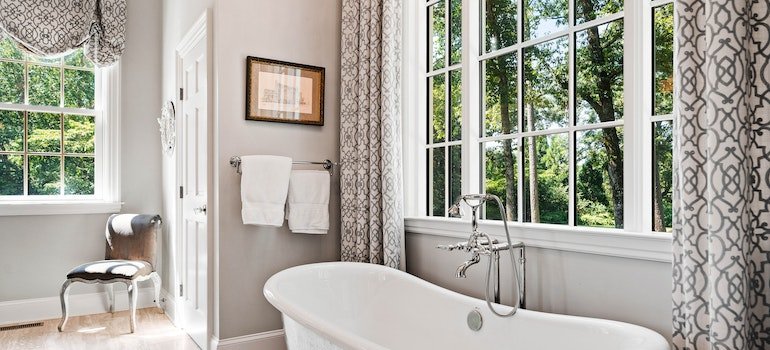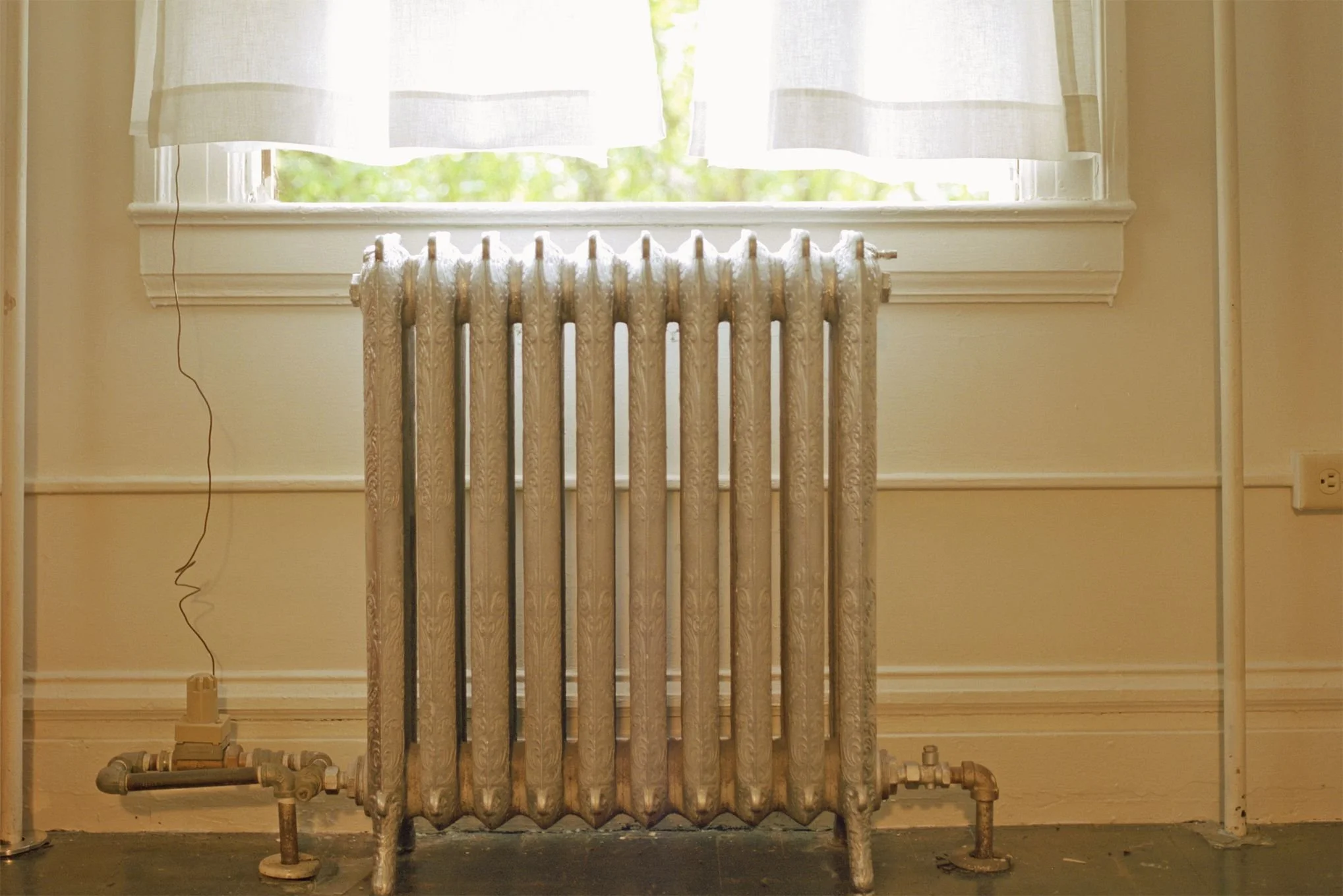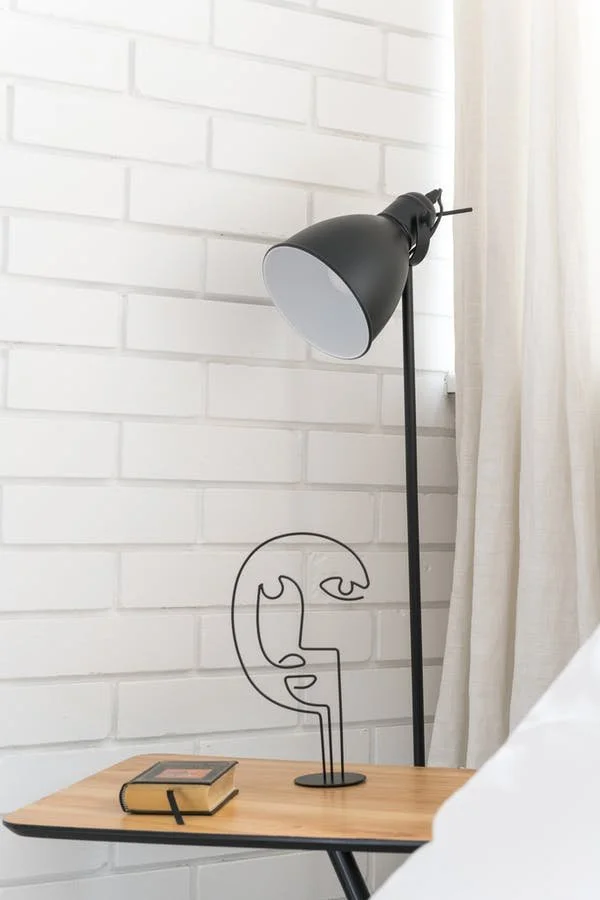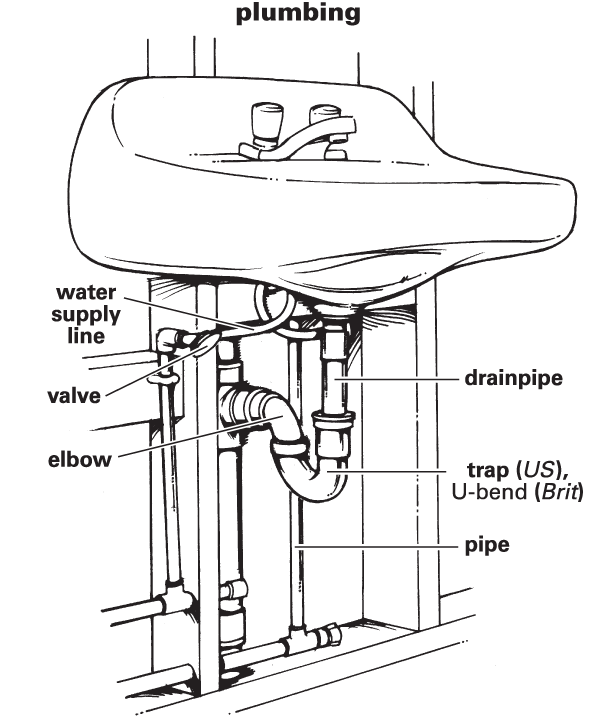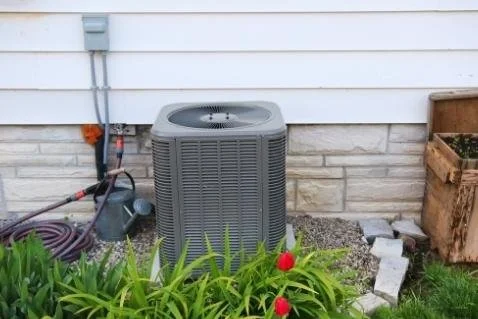How To Design A Home That Suits Your Lifestyle
RH Business Marketing Solutions
Trends can greatly influence the design of your home, even though they shouldn't. So, before settling on a design and layout, ensure that it's what's best for you and your lifestyle. By considering your lifestyle, you'll end up with a functional, aesthetically pleasing space.
It's important to note that the designing process of a home tends to be very demanding. As a result, you must choose a great design that's guaranteed to turn your vision into reality.
A great home design can save you a lot of time and money as you won't need to change the layout after a short time. In addition, a home designed to suit your lifestyle and needs can improve the general quality of life. For instance, if anyone in the family has a disability, you might settle for a design that makes access easier. So, with all that in mind, this article looks at the best ways of designing a space that feels right and suits your lifestyle.
Examine Your Needs
Take a look at all the needs you have and want from your home. Considering your needs is instrumental in narrowing down your options and finding what works for your lifestyle. For instance, plan for growing a family by settling on a well-sized home design.
Take time and thoroughly think about the way you live your life. Examining your needs might also mean considering the number of bedrooms and bathrooms you might need. The kitchen and living room type should also match your lifestyle and reflect the design.
Make A Wish List
After examining your needs and meeting your expectations, consider making a wish list for every feature and replacement you need. The wish list you end up with helps you remember everything you need to be included in the design.
You can consider every feature necessary to make your home unique on the wish list. This process of listing down every feature that boosts your lifestyle might lead you to list your wants and needs.
List every room in your home and come up with the needs and wants of every room before compiling everything. For instance, if you want heated floors for your bathroom, you can list it under want and consider it if your budget is flexible.
Choose An Appropriate Floor Plan
When building a home, one of the most important steps is choosing a floor plan that fits seamlessly into your lifestyle. Luckily, numerous plans are available to choose from, and all you need to do is consider the function of every space.
Next, understand the needs within each space and sketch out a basic plan that helps you decide where every element needs to go. For instance, choose a child-friendly and safe plan if you have young children.
When choosing a floor plan, settle for one that allows your home to change with time. A layout that will allow for change when your lifestyle and requirements change will save time and money.
Consider Any Additional Replacement
After settling on an appropriate floor plan, consider all the additional features that can boost your lifestyle. Some of these features can also boost the general aesthetics of your home. For instance, if you love having natural lighting, consider having a large window added to the design. For your impressive shoe collection, consider including additional storage that can be creatively incorporated into your home.
Get The Right Builder
Finding the right builder has a lot of benefits when it comes to designing and building your home. For starters, you'll get expert knowledge as experienced builders tend to know everything about the local home-building market and follow the local regulations.
The right builder also offers you the flexibility of customizing your design based on your specifications. If you don’t like a design element, you get a chance to tweak the design.
Your builder will also find quality materials that suit your budget without undermining the design you opt for. Your resources will also be well managed without the safety of your house getting compromised.
Bottom Line
A house that suits your lifestyle can make life so much better. So, with all the different designs you can access, settling for the one that suits your lifestyle is vital. As seen above, you'll need to establish your lifestyle by writing down every aspect of your life that needs to be considered in the design.
Finally, take time when designing a home as it's a significant investment. By taking your time, you'll be considering all your design needs which helps you end up with a completed home with a functional look and feel.

